Spain is a nation rich in culture, history, and varied topography. Discovering its distinctive locations, which provide a blend of vibrant local culture, natural beauty, architectural marvels, and ancient history, may be an enthralling adventure. We will explore some of the unique places to visit in Spain in this comprehensive guide; each has its unique charm and attraction.
List Of 20 Unique Places To Visit In Spain
Ronda – A Medieval Gem:
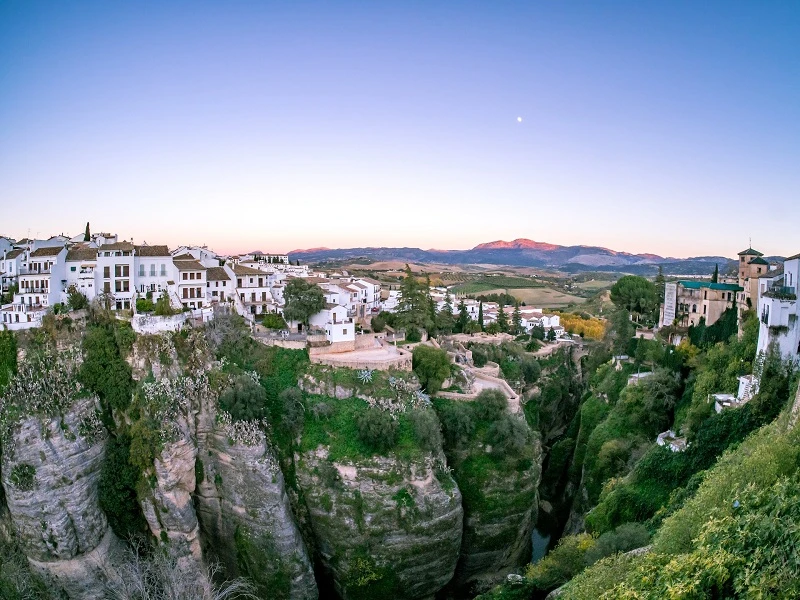
The historic town of Ronda is located in the Malaga province and is perched above the breathtaking El Tajo gorge. A stunning bridge that crosses the gorge, the Puente Nuevo offers expansive views of the surrounding landscape.
With its medieval architecture and cobblestone streets, Ronda’s well-preserved old town takes travelers on a trip through time. One of the oldest bullrings in Spain, the Plaza de Toros, is another well-known site that highlights the town’s rich cultural past.
Barcelona – Gaudí’s Wonderland
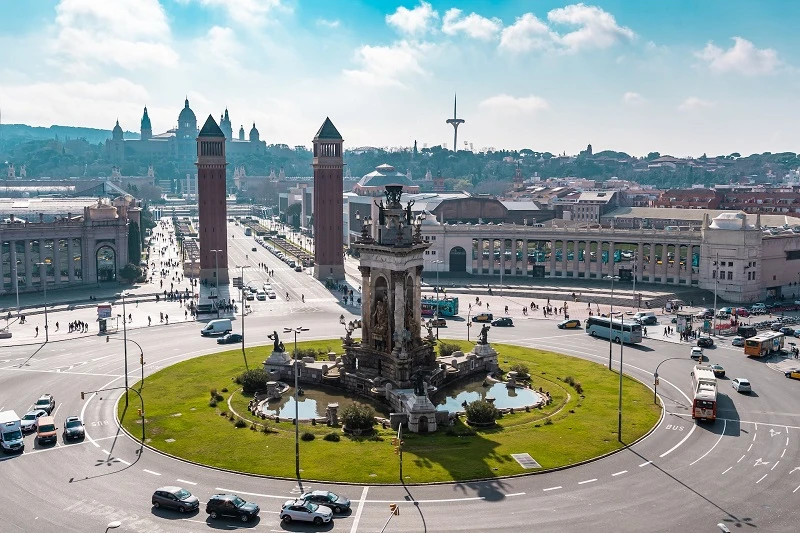
The architectural distinctiveness of Barcelona, the capital of Catalonia, is well recognized and largely credited to the visionary Antoni Gaudí. A masterwork that blends Gothic and Art Nouveau features is Gaudí’s massive basilica, the Sagrada Familia.
Gaudí’s creative genius is further demonstrated with Park Güell, a public park featuring vivid mosaics and bizarre buildings. The Gothic Quarter’s winding lanes and La Rambla’s vibrant atmosphere are two more reasons to fall in love with the city.
Granada – Alhambra’s Magnificence:
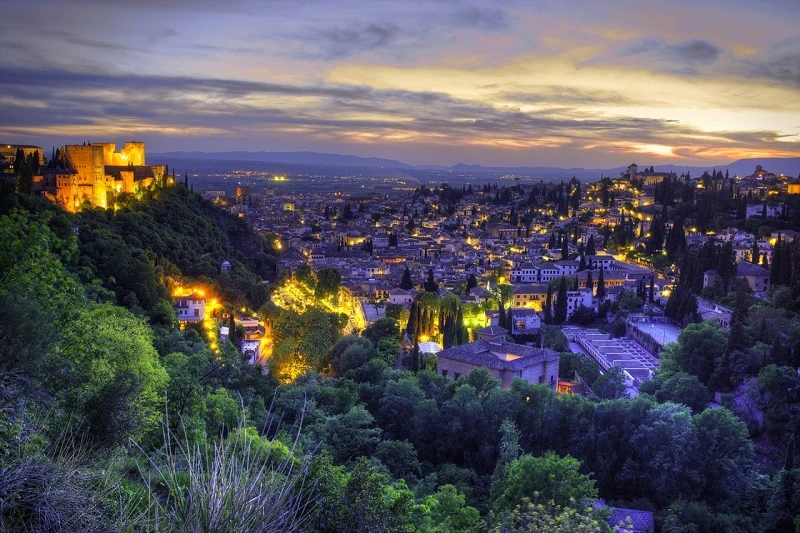
The Alhambra, one of Spain’s most famous landmarks and a UNESCO World Heritage site, is located in Granada, in the center of Andalusia.
With the Sierra Nevada mountains as a backdrop, this Moorish palace complex is a fascinating example of the confluence of Christian and Islamic architecture. Part of the Alhambra, the Generalife Gardens are home to magnificent fountains, an abundance of vegetation, and breathtaking vistas of Granada.
Seville – Flamenco and Architecture:

Seville, the capital of Andalusia, as one of the unique places to visit in Spain is known for its vibrant culture, flamenco music and dance, and architectural wonders. The Alcazar of Seville, a royal palace with stunning Mudejar, Gothic, Renaissance, and Baroque elements, is a testament to the city’s historical richness.
The Plaza de España, a grand square adorned with colorful tiles, is a striking example of regional architecture. Seville’s lively streets, especially during Semana Santa (Holy Week) and Feria de Abril, showcase the city’s passionate spirit.
Toledo – City of Three Cultures:
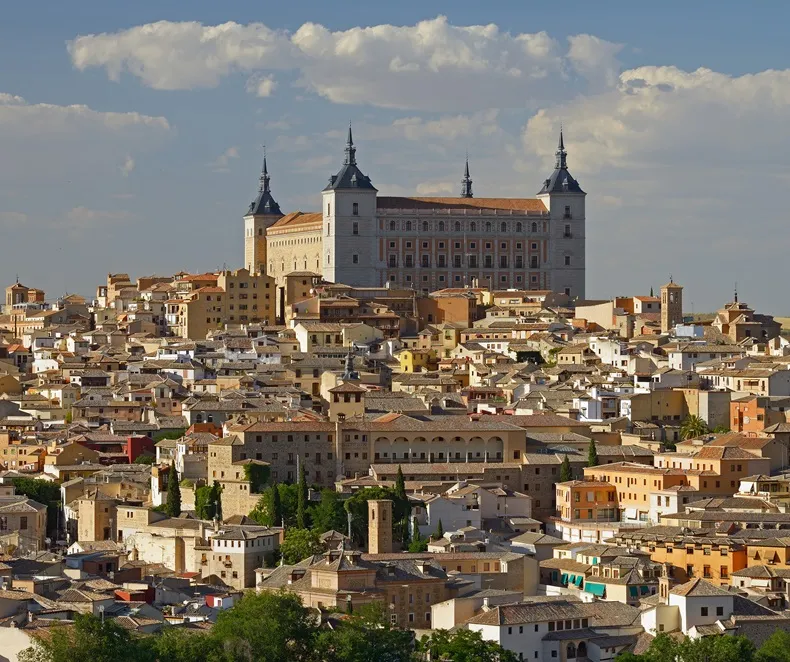
Toledo is known as the “City of Three Cultures” because of the historical coexistence of Jews, Muslims, and Christians. Toledo is a UNESCO World Heritage site.
This diversity of cultures is reflected in the medieval architecture, which includes the Toledo Cathedral and Alcázar of Toledo. Ancient synagogues, mosques, and churches can be found tucked away along the old town’s winding lanes, weaving together a distinctive tapestry of religious history.
Canary Islands – La Gomera’s Tranquility:

An archipelago off the northwest coast of Africa, the Canary Islands offer a variety of scenery and distinctive experiences. The second-smallest island, La Gomera, is distinguished by its abundant vegetation and calm atmosphere.
The laurel forest of Garajonay National Park, a UNESCO World Heritage site, offers a window into prehistoric ecosystems. The island’s rustic communities and craggy coastline add to its allure.
Valencia – Futuristic Architecture and Tradition:
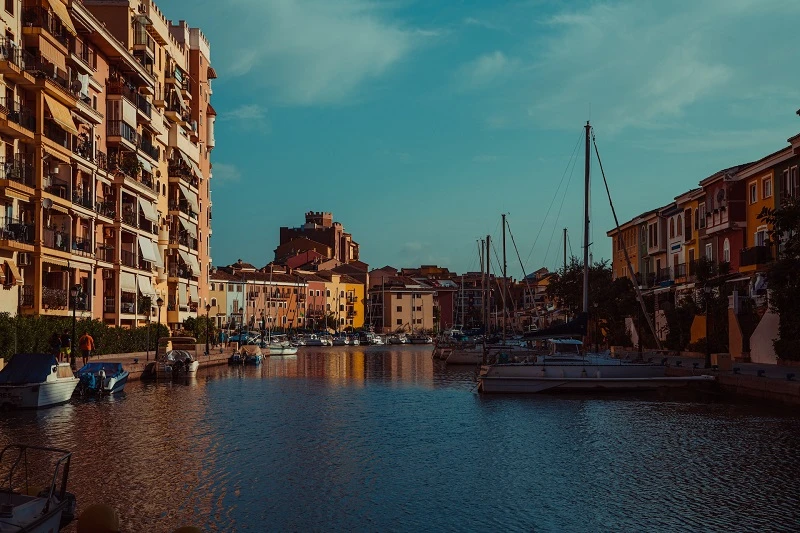
Valencia’s modern architecture is perfectly complemented by its historic appeal. The City of Arts and Sciences, a futuristic complex designed by Santiago Calatrava, comprises an opera theater, planetarium, and interactive science museum.
The historic Silk Exchange, a UNESCO World Heritage site, illustrates Valencia’s medieval commerce background. A sensory feast is provided by the colorful kiosks of the bustling Mercado Central, one of Europe’s oldest markets.
Córdoba – The Mezquita’s Grandeur:
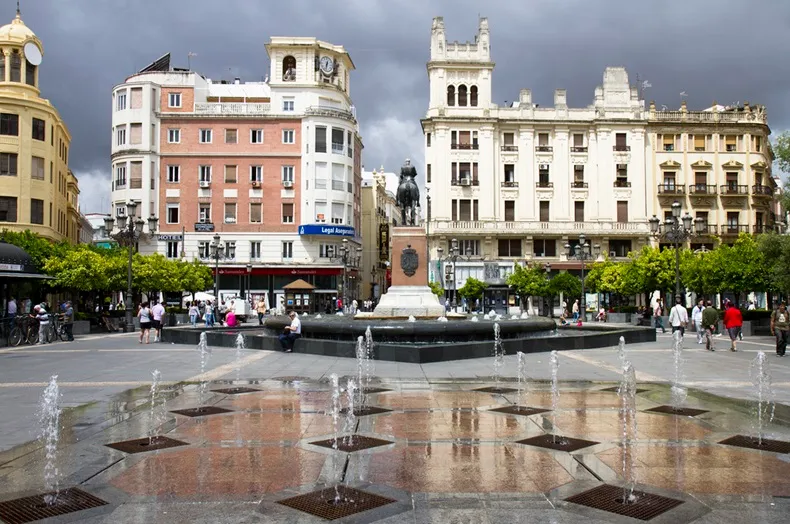
The Mezquita, a mosque-cathedral that symbolizes the city’s rich past, is the main attraction of Córdoba, an Andalusian city.
A must-see monument, the Mezquita is known for its magnificent arches, elaborate tilework, and distinctive fusion of Islamic and Christian features. The whitewashed houses and winding lanes of Córdoba’s old Jewish Quarter contribute to the city’s allure.
Salamanca – Ancient University Town:
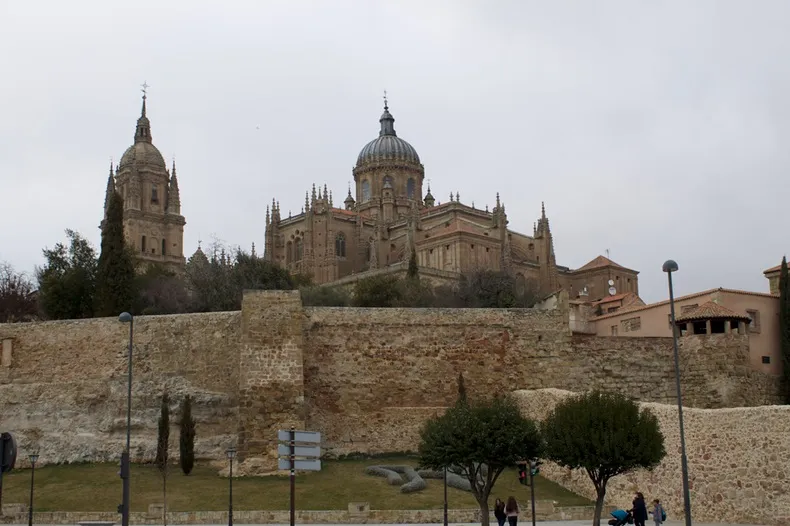
Located in the heart of western Spain, Salamanca is a charming medieval university town that is home to one of the oldest institutions in Europe. The Plaza Mayor, the center of the city, is a bustling meeting place with baroque architecture.
Founded in 1218, the University of Salamanca features medieval lecture halls and elaborate facade.
Salamanca, a UNESCO World legacy site, draws tourists to explore its medieval streets and take in the academic and historical attractiveness of this enduring Spanish town with its golden sandstone buildings, rich cultural legacy, and vibrant student life.
San Sebastián – Culinary Paradise:
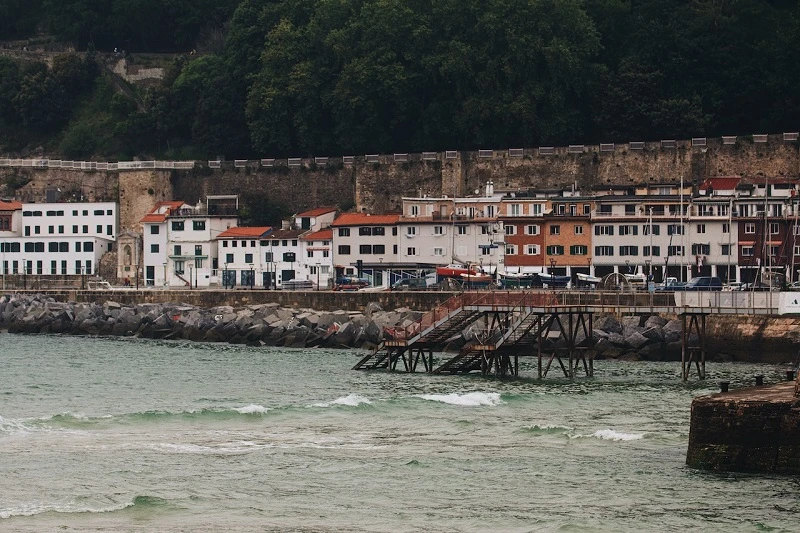
San Sebastián, a seaside city famous for its fine cuisine, lies tucked away in the Basque Country. La Concha Beach is a great place to unwind because of its lovely bay.
A foodie’s dream come true, the Old Town (Parte Vieja) serves a wide variety of pintxos, which are little tapas-style nibbles. San Sebastián is a culinary destination known for its Michelin-starred restaurants that highlight the inventiveness of the local cuisine.
Montserrat – Mountain Monastery:
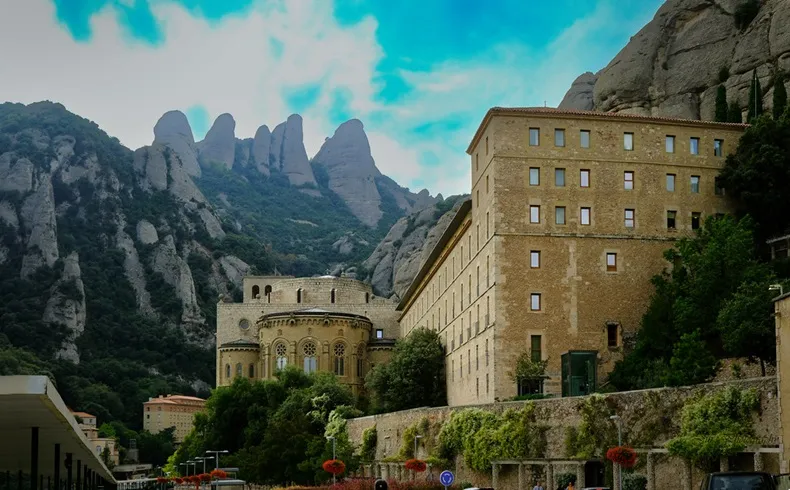
The Santa Maria de Montserrat Abbey is located on the multi-peaked mountain known as Montserrat, which is close to Barcelona.
Famous for its magnificent vistas and its highly regarded Black Madonna statue, the monastery is set on a mountainside. Natural lovers, hikers, and pilgrims are drawn to Montserrat because of its unusual rock formations, which produce an otherworldly scenery.
Ibiza – Beyond the Nightlife:
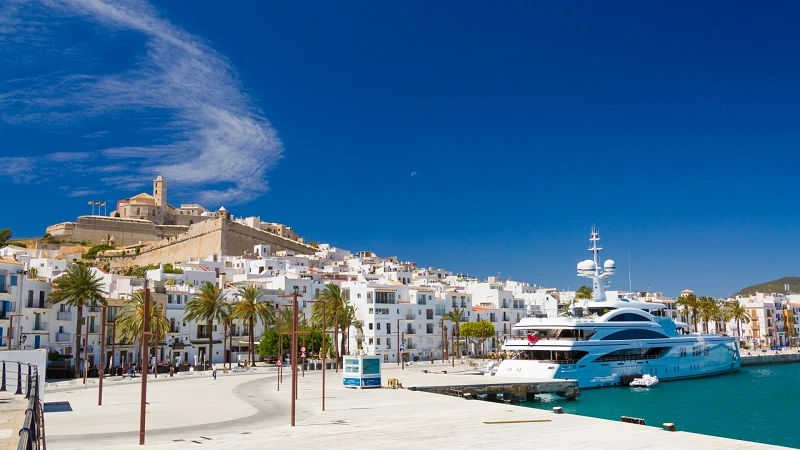
Ibiza is well-known for its exciting nightlife, but the island has much more to offer. The UNESCO World Heritage site Dalt Vila is a historic city with winding streets and old walls.
Ibiza’s sleepy beaches, such Cala Comte and Benirrás, offer a sharp contrast to the vibrant nightlife. Beyond its image as a party destination, Ibiza captivates travelers with its bohemian character and breathtaking scenery.
Alicante – Castle with Sea Views:
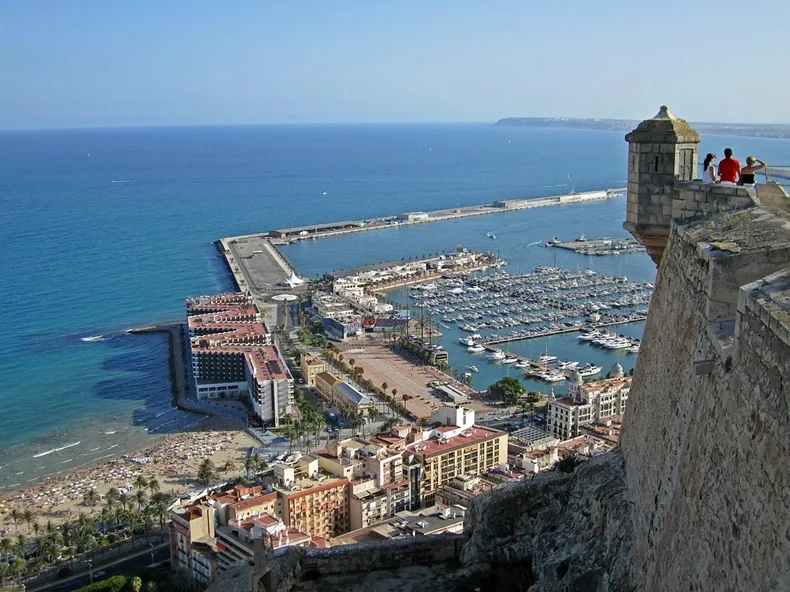
The famous Santa Bárbara Castle, an iconic fortification with expansive sea views, is located in Alicante, which is nestled on the Costa Blanca along Spain’s eastern coast.
The castle, which occupies a strategic position atop Mount Benacantil, was built in the ninth century and has a long history of Moorish and Christian influences. Visitors who ascend the castle are rewarded with breath-taking views of the city below and the Mediterranean Sea.
Alicante’s charm is enhanced by its surroundings, which include the vibrant Barrio de la Santa Cruz and the palm-lined Explanada de España. Standing as a majestic sentinel, the Santa Bárbara Castle offers a mesmerizing fusion of history, architecture, and breathtaking coastal vistas.
Bilbao – Guggenheim’s Contemporary Marvel:
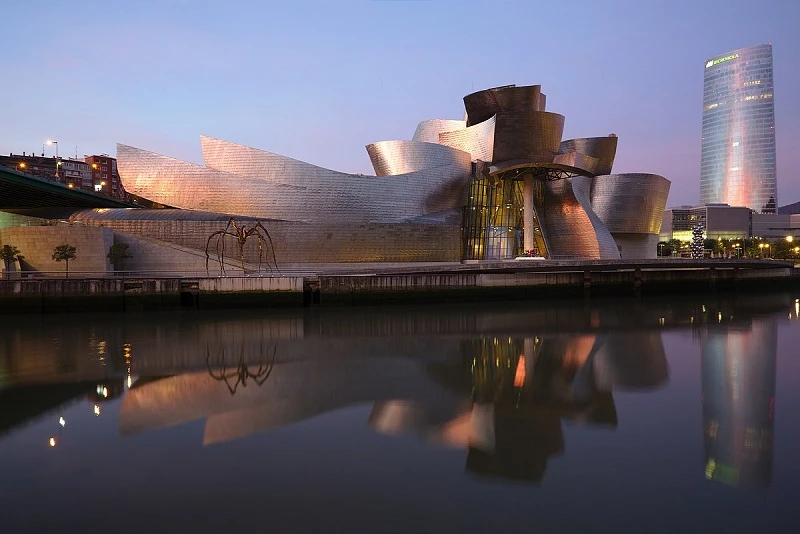
Bilbao, nestled in the Basque Country of northern Spain, underwent a transformative cultural renaissance with the construction of the Guggenheim Museum Bilbao. Designed by architect Frank Gehry, the museum is a contemporary marvel, featuring avant-garde architecture and dynamic, fluid forms.
The iconic titanium-clad structure has become a symbol of Bilbao’s modern identity. Inside, the museum houses an impressive collection of contemporary and modern art, creating an immersive and cutting-edge cultural experience.
The Guggenheim Museum Bilbao not only attracts art enthusiasts but also stands as a testament to the city’s commitment to innovation and artistic expression.
Segovia – Roman Aqueduct and Fairytale Castle:
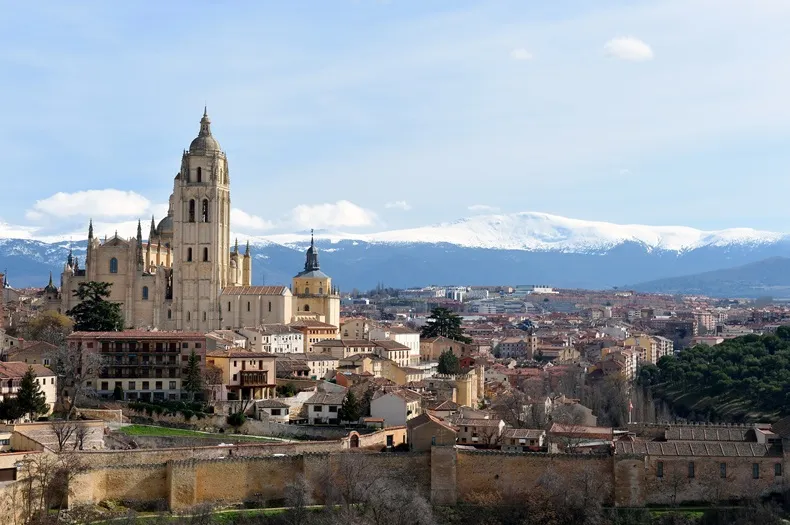
Enchanting visitors with its Roman Aqueduct and fairytale-like Alcázar, Segovia is a medieval city close to Madrid and one of the unique places to visit in Spain. Impressive arches that span the city can be seen in the well-preserved Roman Aqueduct, which dates to the first century AD.
The Alcázar of Segovia, an ancient castle perched atop a rocky cliff and dominating the skyline, looks like it belongs in a storybook.
Its characteristic spires and turrets provide breathtaking views of the surroundings. As UNESCO World Heritage sites, the aqueduct and the Alcázar both take tourists through time, making Segovia an alluring travel destination that skillfully combines architecture, history, and mystical beauty.
Palma de Mallorca – Cathedral by the Sea:
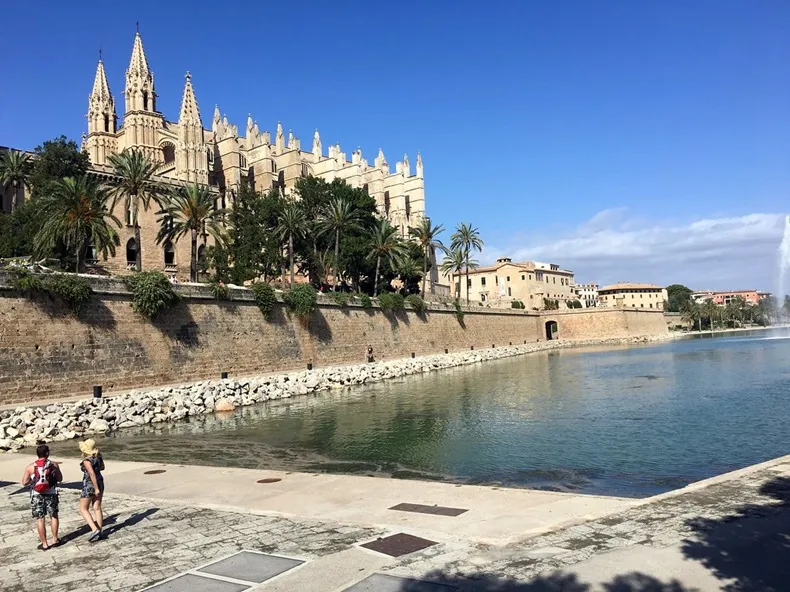
The stunning Palma Cathedral, a Gothic masterpiece with a view of the Mediterranean, is one of the unique places to visit in Spain, located in Palma de Mallorca, the capital of Mallorca in the Balearic Islands.
Known by another name, La Seu, this massive church has flying buttresses and elaborate stained glass windows. Constructed on the location of a previous mosque, it represents the varied past of the city.
With its breathtaking architecture and seaside setting, the cathedral is a must-see sight that provides insight into Palma’s rich religious and cultural legacy.
Jerez de la Frontera – Sherry and Flamenco:
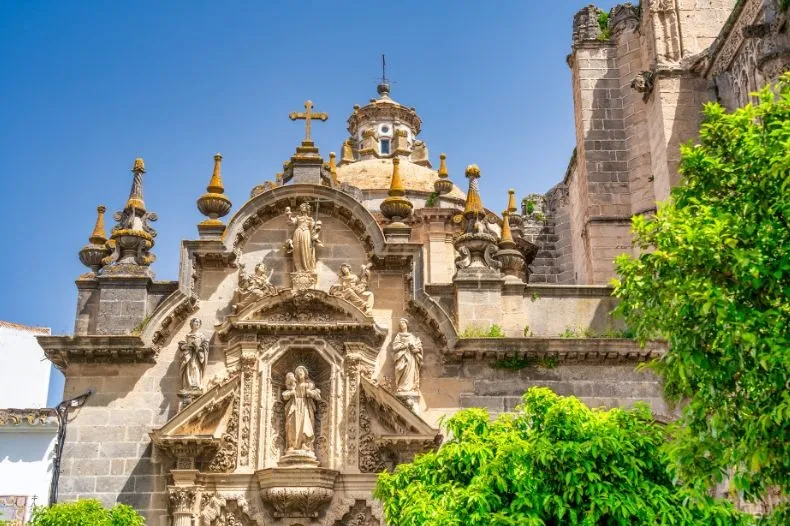
Andalusia’s Jerez de la Frontera is well known for its flamenco dancers and sherry wine, making it one of the unique places to visit in Spain. Tours to historic bodegas in the city’s Sherry Triangle provide visitors an understanding of the winemaking process.
Jerez gains a distinct cultural component from the Royal Andalusian School of Equestrian Art, which is well-known for its exquisite horse performances.
Tenerife – Teide National Park:
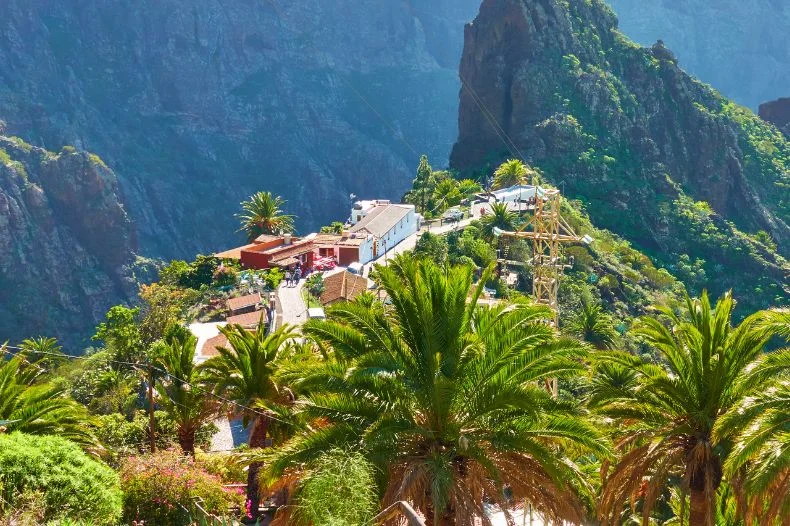
Teide National Park, a UNESCO World Heritage site, is one of the unique places to visit in Spain, located on the largest of the Canary Islands, Tenerife. The park is home to Mount Teide, the highest point in Spain and an active volcano, which dominates the area with its bizarre rock formations and volcanic craters.
In addition to exploring the many ecosystems with their own flora and wildlife, visitors can climb Mount Teide for panoramic vistas.
The park is recognized as a Starlight Tourist Destination because of its starry skies. Teide National Park is a must-visit place in Spain, for anyone looking for both geological wonders and breath-taking landscapes since it offers an enthralling blend of natural treasures.
Zaragoza – Mudejar Architecture:
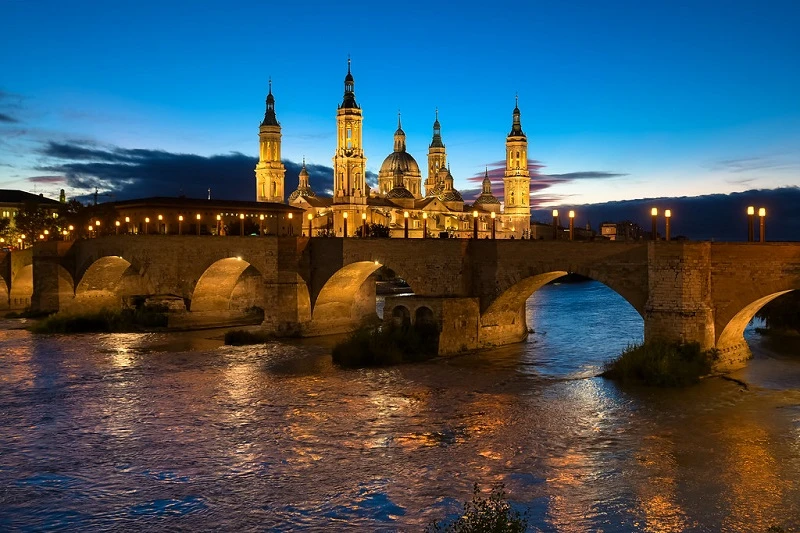
Northeastern Spain’s Zaragoza is renowned for its Mudejar architecture, a unique design that combines Christian and Islamic elements, making it one of the unique places to visit in Spain. Zaragoza is located along the Ebro River.
With its elaborate embellishments and delicate tilework, the Basilica-Cathedral of Our Lady of the Pillar, a renowned pilgrimage site, is a prime example of the Mudejar aesthetic.
A classic example of Mudejar architecture with geometric patterns, horseshoe arches, and ornate brickwork is the 11th-century walled palace, Aljafería Palace.
Zaragoza is a bustling Spanish city whose Mudejar architecture, which is recognized as a UNESCO World Heritage site, is a durable and visually compelling relic of the cultural synthesis that took place throughout the medieval period.
A Coruña – Tower of Hercules:
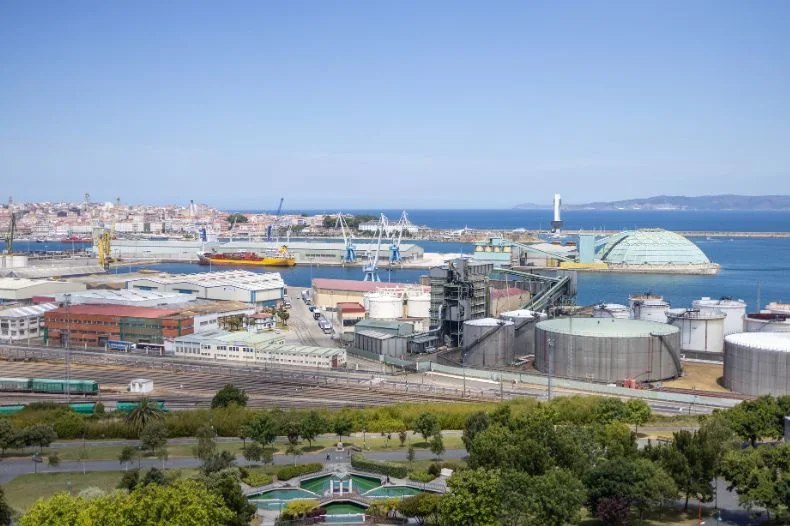
The Tower of Hercules, a Roman lighthouse and UNESCO World Heritage monument, is one of the unique places to visit in Spain, located at A Coruña on the northwest coast.
The Paseo Marítimo, the city’s seafront promenade, provides breathtaking views of the Atlantic Ocean. The bustling squares and medieval streets of A Coruña’s historic Old Town lend an authentic touch to this coastal jewel.
Perched atop the Punta Eiras Peninsula, a rocky promontory with sweeping views of the Atlantic Ocean, is the Tower of Hercules.
Its construction dates back to the 2nd century AD during the reign of the Roman Emperor Trajan, making it almost 1,900 years old. Ships entering the crowded waters of the Atlantic and Mediterranean relied heavily on the tower as a guide.
Explore the Tower of Hercules and reach the summit for sweeping views of the A Coruña city and beach. The sculpture garden and park around the property offer a peaceful environment that lets guests enjoy the site’s historical significance and natural beauty.
Conclusion
In conclusion, exploring the unique places to visit in Spain is like embarking on a captivating odyssey through time, architecture, and diverse landscapes.
From the medieval enchantment of Ronda to the contemporary marvel of the Guggenheim in Bilbao, Spain unveils a mosaic of distinctive destinations. The Alhambra’s Moorish opulence, Zaragoza’s Mudejar elegance, and the ancient charm of Salamanca contribute to the nation’s unparalleled allure.
Whether basking in the tranquility of La Gomera or savoring the vibrancy of Barcelona, each locale encapsulates Spain’s rich heritage.
These unique places, from A Coruña’s Tower of Hercules to the volcanic landscapes of Tenerife, collectively define Spain’s status as a peerless destination, where every corner reveals a new facet of its extraordinary beauty.
